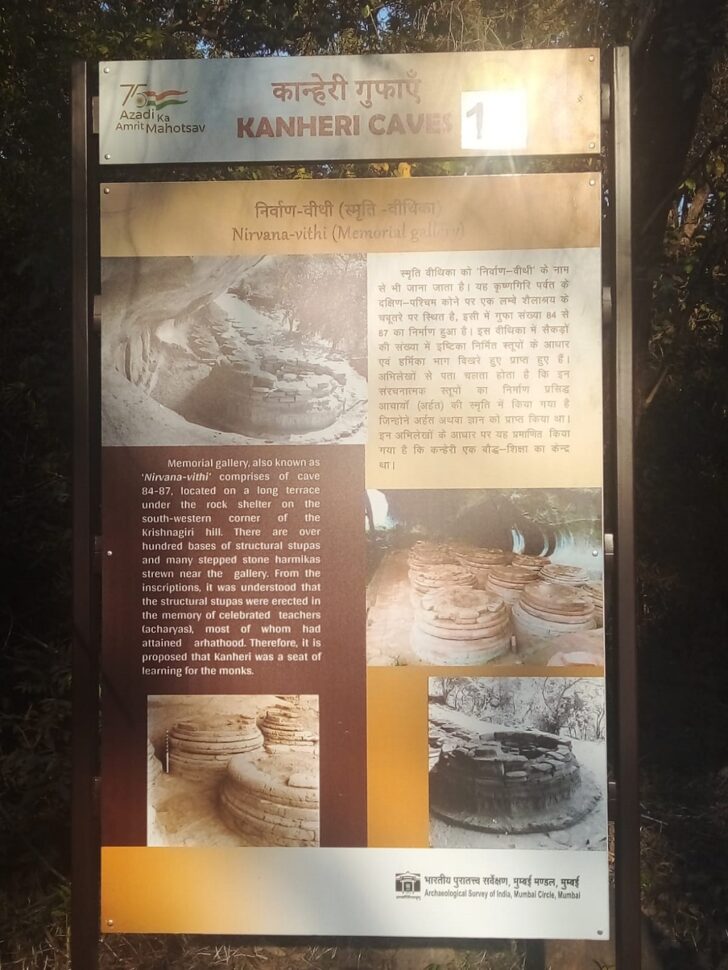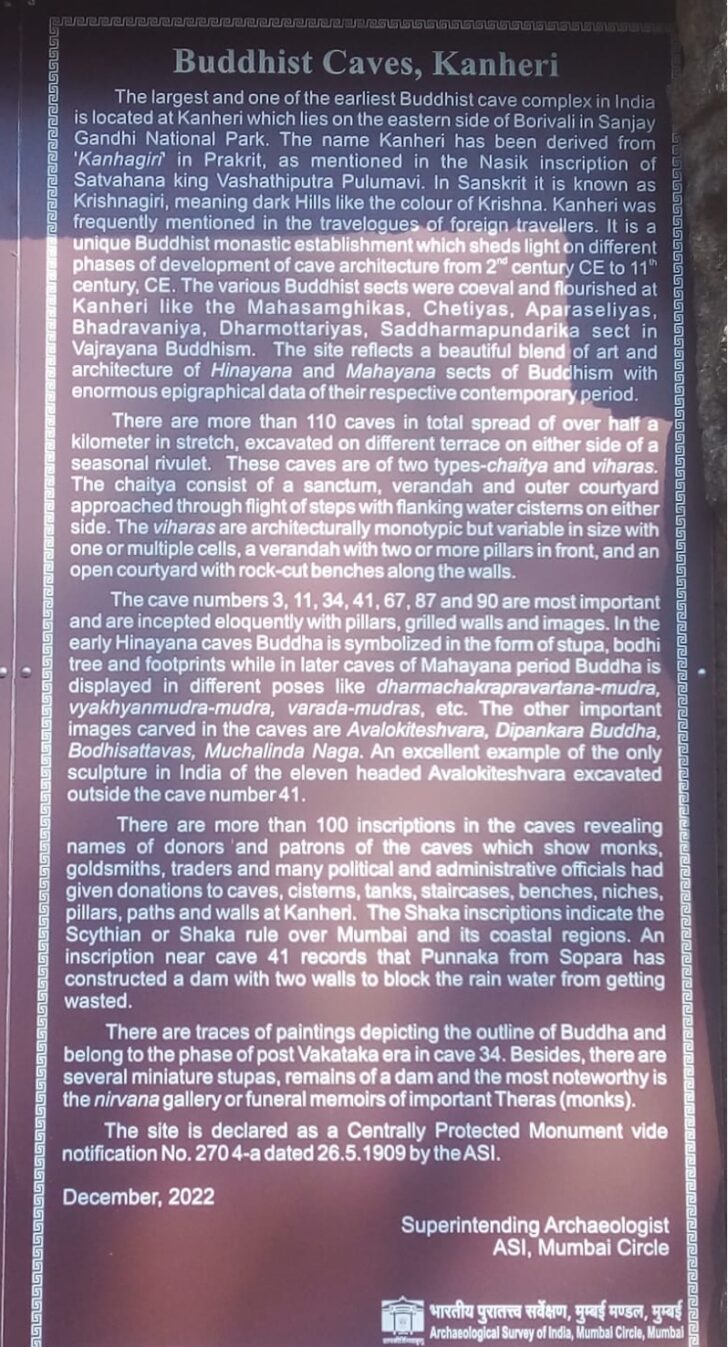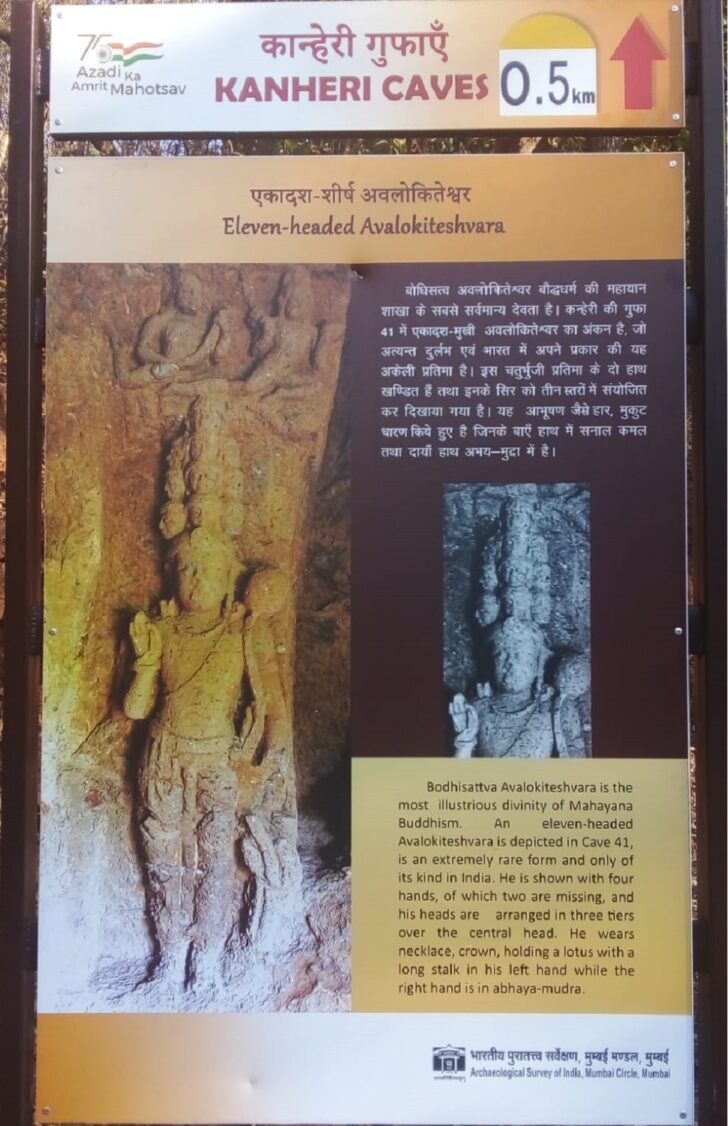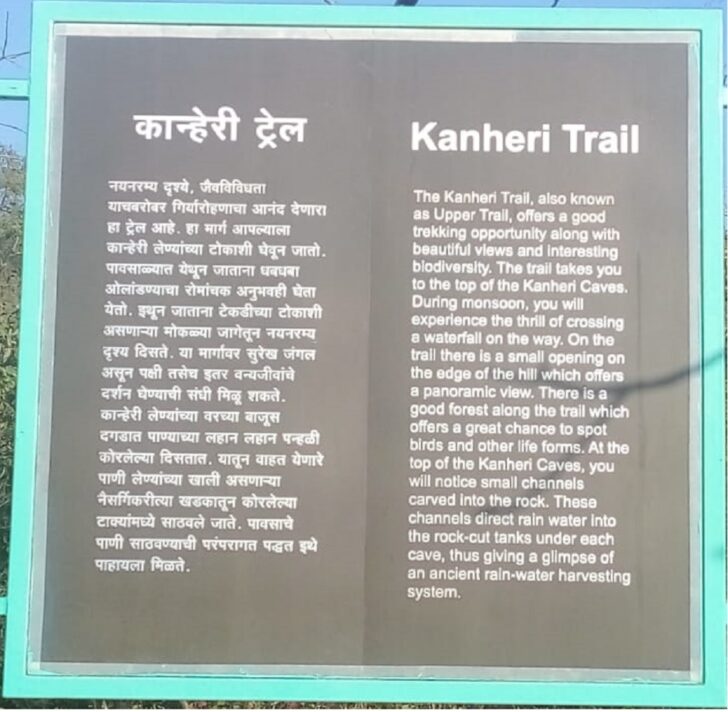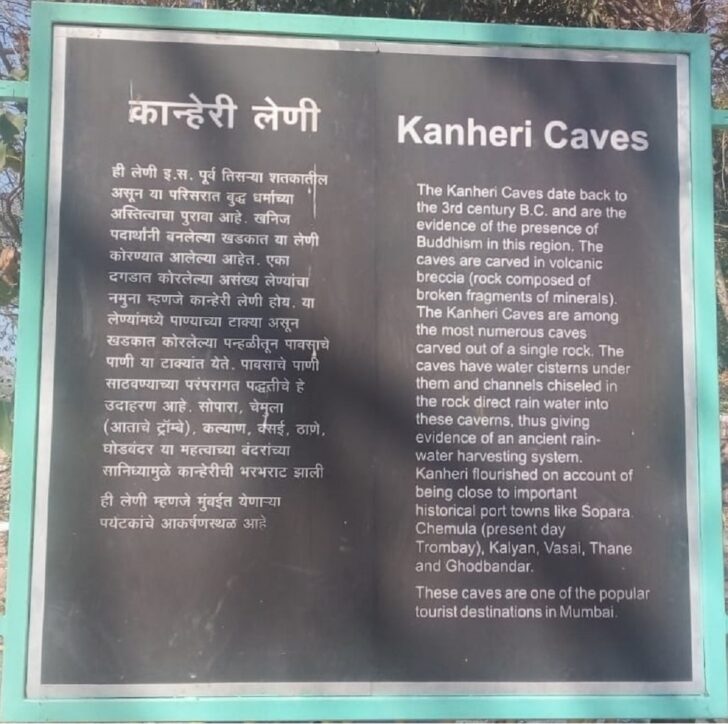From this vantage point, one can see three lakes – Tulsi, Vihar, and Powai – towards the southern end of the Park. All three lakes were built in the last three decades of the 1800s by the British to supply potable water to the city of Mumbai. Marsh crocodiles or muggers inhabit these lakes and many migratory water birds visit the lakes in winter. The lakes still partially meet the city’s water demand and the preservation of SGNP is crucial to ensure water supply to these lakes.
Tulsi Lake: This is the northernmost of the three lakes and the water from the lake is directed into the Vihar lake that lies to its south. It is surrounded by forest.
Vihar Lake: This is the largest of the three lakes and is created by damming the Mithi River that flows through suburban Mumbai and empties into the Mahim Bay. There is a water filtration plant on one side of the lake which purifies the lake’s water and makes it fit for supplying to the city.
Powai Lake: Though built to supply water to Mumbai, Powai lake is no longer used for that purpose. It is used for recreational purposes and fishing. The campus of the Indian Institute of Technology, Bombay (IIT-B) is located on its shores. Much of Powai lake is surrounded by the city.
(Source: Display-board)
Click to learn more about 3 lakes of Sanjay Gandhi National Park.
Like this:
Like Loading...
